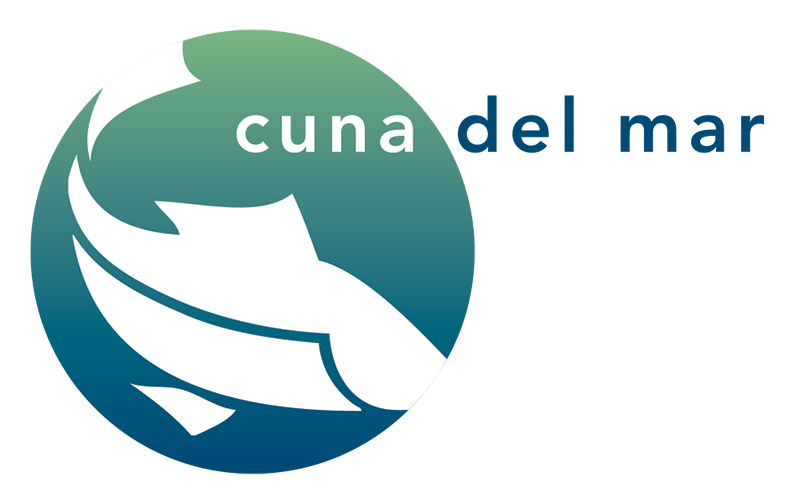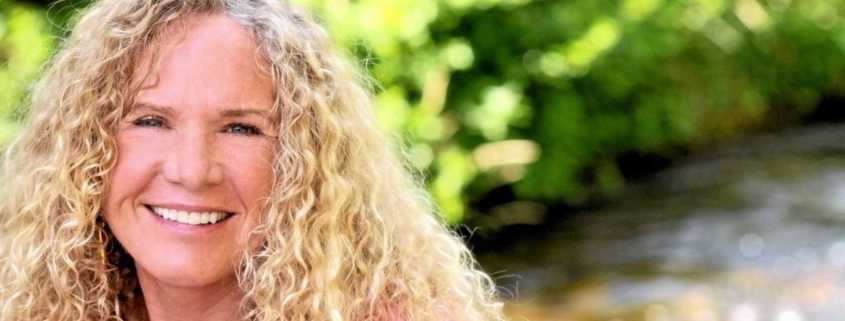Christy Walton: It’s time for investors to think differently about aquaculture
We as foundations, family offices and influencers in the space need to act and think differently about how to put capital to work.
The following guest commentary was sent to IntraFish by Christy Walton, a backer of aquaculture investment group Cuna del Mar and the daughter-in-law of Walmart founder Sam Walton.
I am writing today to provide my perspective on the Seafood Watch decision to red list the US lobster industry, as well as call out what I consider to be the negative influence of certain members in the NGO community regarding the aquaculture sector. As an investor, developer, and promoter of responsible and generative aquaculture technologies, innovation, farming, species development, and genetics, I have found that many of the environmental NGOs are out of touch with the evolution of modern systems and technologies such as the development of “rope less” lobster cages, which significantly reduce the entanglement issues that have historically plagued the industry and oceans.
With the world’s wild caught fisheries at or near collapse, we need to move from wild catch to aquaculture. We as foundations, family offices, and influencers in the space need to act and think differently about how to put capital to work. Wouldn’t it be more productive if we were all working toward identifying solutions to the issues that we face in feeding the world, and put our focus and funding there? Change often comes from economic opportunity or disaster, and I largely prefer the former.
Through Cuna del Mar, we support the development of new species for aquaculture. In Panama, we farm cobia, a non-schooling, fast-growing, warm water, opportunistic feeder, which, through aquaculture, comes to harvest in 14 months. Swimming in open ocean cages 8 miles from shore and having some of the highest omega content in the market, Cobia was initially red listed by Seafood Watch because of its FCR.
Seafood Watch’s antiquated modeling was based on salmonids, a fish that has been farmed for over 70 years with many generations of husbandry. Our Cobia has been farmed for four years. Seafood Watch was fine if we fed the Cobia corn and soy-based feeds, but one cannot take a wild species and feed it something that it has not evolved to eat, and expect it to thrive, or even survive. Their acceptable feed would have negatively changed the high omega3 values and in fact killed the fish. How does that honor the animal? When Seafood Watch red-listed the Cobia, there was no consideration for the health of the fish, nor did they consider that the fish are in open ocean currents, their natural habitat, and thus must consume more, nor that the life cycle was very short. Also, offshore farms can be “generative”, creating thriving ecosystems surrounding the farm because the farms create no-take zones for wild stocks and add to the biodiversity of the sea.
As a purportedly science-based institution, Seafood Watch had no intention of adjusting their models for emerging species or developing technologies. Seafood Watch’s designation not only ruined our sales on the West Coast, but showed they have no regard for the development process of new species and technologies that the world needs as we transition from wild catch.
Failure to stop the continued massive overfishing of wild stocks is the equivalent of our historic destruction of the bison in the American west – only many times larger and across more species on a global scale. Aquaculture must be a significant part of the solution.
The development of new species for aquaculture is vital to a sustainable and secure seafood supply chain. In Mexico, we farm the endemic totoaba, a once endangered fish that has an FCR under 1.6. Over many years our farming and release programs have restocked enough of the species into the Sea of Cortez that it is no longer endangered (see photographs below.)
Our success is such that CITES has recently granted the approval of Appendix I for Totoaba, and with it, approved our registration to commercialize and sell it internationally in spite of attempts by the US to convince CITES to the contrary. The US is attempting to “couple” the wild-catch illegal fishing problem with best sustainable aquaculture practices being done today for the species.
We have confidence that the international body of CITES will continue to rule by science and common sense rather than hubris. Our farm in Mexico has saved a species, brought economic development to the region, and is generative to the sea. It is possible for aquaculture operations, with modern technology, good management, responsible practices, and selective siting, to honor the fish they grow, contribute to the health of the seas, diversify the market, and add income to the communities.
In the US, we need legislative action that enables the development of the industry and support of the AQUAA Act. Without an enabling legislative backdrop for aquaculture, the US will end up causing more environmental damage by inadvertently supporting aquaculture in those countries with less stringent environmental practices. Why require more US-based studies when examples of best practices in sustainable, regenerative, and generative aquaculture are available and being implemented in other countries? To continue to delay aquaculture permitting in the US is to create more risk to seafood security, as the US continues to import 85% of the seafood it consumes, which is often from aquaculture and fisheries practices that are damaging, untested, and unregulated.
My take is that for the past 20 years, many influencers in the industry across NGOs, foundations, and family offices, have ignored the many benefits that aquaculture can bring when using best practices. While the strident mantra has not changed, the industry has changed by using science, technology, genetics, generative, and regenerative practices. We call for investment in best practices, to help with the how, and for governments to streamline and combine their multiple agency requirements into one set of standards and permitting.
We also must accept and address the interconnection of the land and sea. Land-based activities driving climate change, plastics, hardscapes on the shores, and acidification are becoming an ever-greater threat to our traditional seafood supply. It is past time for governments and the private sector to invest in funding the change to the blue green economy and to sea farmed protein. Consider what aquaculture systems can bring to the small fishery towns on all of our American coasts such as year-round production, processing, economic development, and support of small scale, local, wild caught, high value fisheries. Let the ocean recover.
The shores of the Americas hold some of the most productive aquaculture sites in the world. We are all Americans, North, South, Central …Two continents and an isthmus. Why not work together on standards and security for our shores and fisheries including aquaculture?
Farms can be generative, as wild stocks flourish within the farm site and spill over to the broader ecosystem. They can be regenerative, as we restore shellfisheries and create reef systems. It is time to change, to adapt, and to support aquaculture if we are to feed ourselves, honor the oceans, and support vital economies and environmental systems.
No farmed species has ever gone extinct.
Christy Walton
Cuna del Mar


